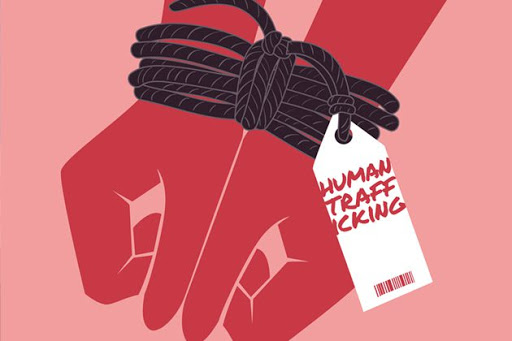India has long struggled with the question of whether pornography should be freely accessible or strictly banned. With rising internet penetration and easy access to adult content, debates around pornography have intensified. Many wonder: Is pornography banned in India? The answer is nuanced, rooted in legal interpretations, social values, and digital freedoms.
The Legal Status of Pornography in India

Pornography is not explicitly illegal for private viewing in India, but producing, distributing, or publishing pornographic content is a criminal offense under Indian law. The primary laws involved are:
- Section 67 of the IT Act (2000): Punishes publishing or transmitting obscene material in electronic form.
- Section 292 of the Indian Penal Code (IPC): Criminalizes the sale, distribution, or public exhibition of obscene content.
- POCSO Act: Prohibits any form of child pornography with strict penalties.
While private consumption is not directly penalized, the legal framework discourages access and sharing through strict enforcement actions.
Government Crackdowns and Website Bans
India has seen multiple bans on pornographic websites, especially in 2015 and again in 2018. The Department of Telecommunications (DoT) has issued directives to internet service providers (ISPs) to block access to hundreds of porn sites.
Some key developments include:
- 2015: Over 850 porn websites were ordered to be blocked.
- 2018: Supreme Court emphasized blocking child porn and non-consensual content.
- Ongoing: Periodic updates to blocked site lists by government agencies.
Despite these measures, users often bypass restrictions using VPNs and proxy servers, leading to discussions about the effectiveness of such bans.
Public Debate: Morality vs. Freedom
The issue of pornography in India isn’t just legal—it’s deeply moral and cultural. Critics argue that porn:
- Promotes objectification of women
- Increases sexual crimes
- Negatively impacts mental health and relationships
On the other hand, advocates of digital freedom believe:
- Adults should have the freedom to choose what they watch in private.
- Banning porn violates freedom of expression and privacy
- Education and awareness are better solutions than censorship
This ongoing morality vs. liberty debate continues to shape public policy and legal interpretations in India.
Impact on Society and Youth
The easy availability of porn has influenced youth culture, relationships, and sexual behavior. Some effects include:
- Increased curiosity among teenagers
- Unrealistic expectations in relationships
- Concerns over addiction and desensitization
Experts stress the importance of sex education and responsible content regulation rather than outright bans, which are often ineffective.
The Future of Porn Laws in India
India is at a turning point between protecting its cultural values and accepting digital liberty. The future may involve:
- Clearer legal definitions distinguishing adult content from harmful material
- Tighter controls on child pornography and revenge porn
- Introduction of age-gated platforms with proper verification
- Comprehensive digital literacy programs for safe internet usage
Legal reforms and modern approaches are essential to address the changing dynamics of media consumption.
So, is pornography banned in India? Although private viewing is not technically unlawful, dissemination and publication are subject to punishment. While the government has taken steps to block adult websites, enforcement challenges and ethical debates persist.
Instead of complete censorship, a balanced approach involving education, regulation, and technology may prove more effective in safeguarding individuals and societal values.
Curious to know “Is Pornography Banned in India?” Explore the legal stance, restrictions, and moral debates around adult content in the country. Visit mapupa – Search anything for your information and stay informed with accurate, up-to-date insights.
Is Marijuana Canabies Ban in India ?
Read Also: Escorts Website Design
![]()





